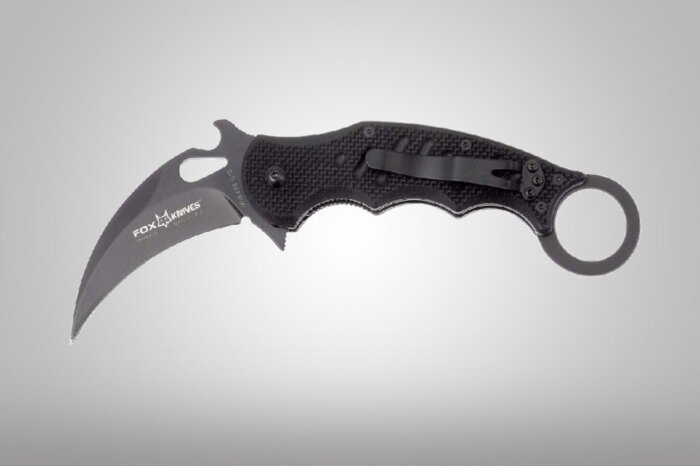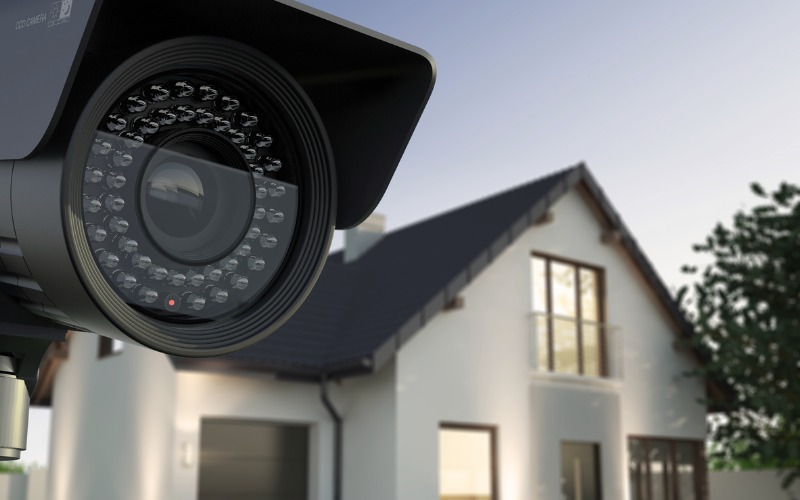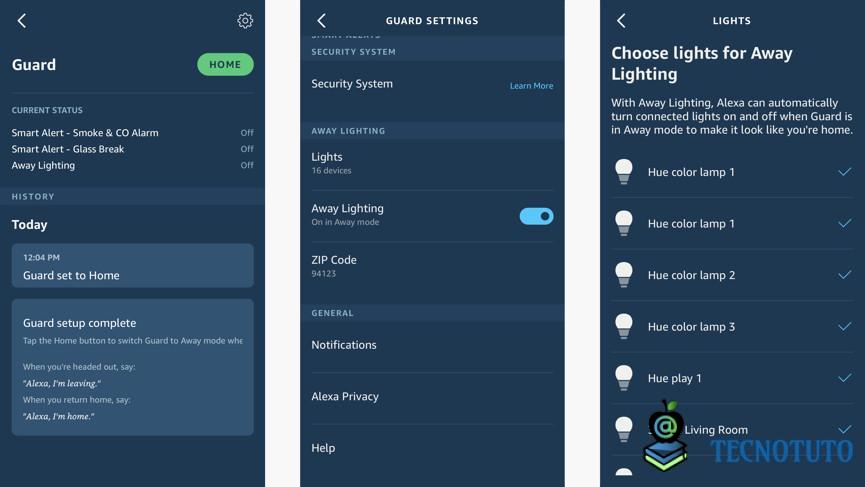
The electric baton is only capable of delivering electric shock. It also has warning and illumination functions. Task personnel may find the illumination function useful if they are being attacked at night or chased by criminals. The baton can be used by task personnel to protect themselves in an emergency.
Stun batons
Stun batons, which are electric weapons that incapacitate attackers, deliver high voltage to their muscles. This makes them unable stand or move. Stun batons don't cause any serious injuries, but they can cause great pain.

Stun guns
A stungun, which is similar to an electrical baton, delivers an electric current to the muscles at a high frequency. This causes muscles to work faster, depleting blood sugar and turning it into lactic acids. This causes confusion and disorientation as well as muscle spasms.
Stun belts
Stun belts can be attached to the waist by electronic devices. In recent years, they have become a very popular part of corrections equipment. The stun-belt's advantage is that it can be used anywhere guards are not within close proximity to the prisoner. Some belts can even be used from as far away as 300 feet.
Anti-grab stun batons
Anti-grab stun batons are a fantastic tool for self-defense and everyday carry. They have long range and are capable of delivering punishing strikes and jolting shocks to an attacker. However, they can also be a deadly weapon if used improperly. Anti-grab stun balls have anti-grab technology. This ensures that no one can grab their shafts and cause the electric shock.
Self-defense stun guns
A personal stungun is an effective weapon for self defense. These are small enough that they can be carried around your waist or in your glove pocket. They are rechargeable and last a long time. Some stun weapons come with a flashlight. They can also be recharged to allow you to use them at night.

Technology for Electroshock Weapons
An electric charge is used to incapacitate attackers using electroshock weapons technology. The output voltage ranges between 50 kV to 6800kV. The actual output voltage varies depending on target resistance, type, clothing, and other factors. It also depends on battery condition and internal circuitry.
FAQ
Which is the best method of self-defense?
Pepper spray should always be on a woman's person. If you are ever attacked by someone more powerful than you, you should immediately use the pepper spray. It might save your life.
Kicking is also a skill that women should learn. Kicking is a good method to defend yourself against an attacker.
What should I look for in a self-defense class?
You should consider the reputation and experience of the instructor when choosing a self defense class. Ask about their credentials and background.
Ask if they offer discounts or free trials. Some instructors offer special offers for new students.
Ask if online classes are offered.
Ask if the school offers emergency medical attention after class. This is especially important in the event that you are hurt during a class.
You should look for classes that offer a wide range of exercises. This will allow you to practice each technique in a relaxed environment.
How can you stay safe when you're not physically able?
If you cannot defend yourself physically against an attacker then you should find someone who can.
You might need to ask someone for help. You may have to call the 911 emergency number. But if you don't take any action, you could die.
Your local shelter for domestic violence can be reached as well. Many shelters offer safety planning classes for women to learn how to protect their own safety.
Which weapon is best for self-defense?
A sharp knife is the best weapon for self-defense. Even though you may not feel the need for a knife, it will come in handy if someone attempts to attack you.
It doesn't mean you have to buy a $100 folding blade just to keep yourself safe. The job can be done with a simple pocketknife. To be prepared for any eventuality, you can always buy a few additional tools.
What is the most effective method of self-defense?
Avoiding attack is the best defense. When you are attacked, it is best to flee as fast and as possible. This will give time for you to plan a better defense strategy.
Use any defensive techniques that you know if you are unable to escape. These include kicks and punches. You can also grab your attacker's legs or arms to stop him from attacking further.
If none of the options work, you can always fight back using all available means. The best weapon to use for this purpose are your naked hands. If you don't know the proper way to use them, then you should start learning other forms of self-defense.
Statistics
- Boxers aren't allowed to fight in a clinch, which is a position that occurs in 80% of the streetfights. (mmaclan.com)
- Most likely, the person will want some kind of boxing match, so if you can out-box them, this would be 100% ideal for survival. (budodragon.com)
- In a January 2018 survey of 1,000 women nationwide, 81 percent reported experiencing some form of sexual harassment, assault, or both in their lifetime. (healthline.com)
- The Rape, Abuse & Incest National Network reports that 70 percent of sexual violence cases aren't committed by random strangers in a dark alley but by people we know: friends, family, partners, co-workers, etc. (healthline.com)
External Links
How To
How to Survive an Invasion at Home
Home invasion is terrifying, especially when you have kids. We didn't expect to live through home invasion when we started our journey with installing a home security system. Here's what we've learned so far.
-
Don't Let Your Kids See The Attackers. Two men broke into our home upstairs while our kids were sleeping. We took them downstairs until they arrived at the police station. The police arrived and our kids were not hurt. However, the traumatizing images did enough to make them feel scared.
-
Lock All Valuables. Our bedroom has a safe that holds valuables. Even if someone broke into the house, they won’t have access to it.
-
Keep An Eye Out For Burglars. We live in a neighborhood that has a lot of burglaries. We always keep an eye out for suspicious vehicles and people.
-
Have A Backup Plan. If something happens, our family will be taken over financially. If necessary, we have a plan for leaving the country.
-
Prepare. You must be prepared if you find yourself in a position where you have to defend your life. You should always have water and food on hand.
-
Call 911 immediately. After you discover that someone is breaking into your home, immediately call 911. It's safer to call the authorities immediately than to wait for them at your door.
-
Use common sense. You won't allow anyone in who isn't right for you. You should not invite strangers to your home.
-
Reach out to your neighbours or other residents in your area for assistance. If you feel unsafe call neighbors and friends. They can watch your back, while you call the police.
-
Keep Calm and Do What Police Officers Tell You To. Do what is asked. Do not flee or resist arrest
-
Take photos of all evidence. Take pictures of any evidence found during the investigation. You can take pictures of fingerprints, blood samples, or other evidence.
-
Local Law Enforcement. Report to law enforcement, even if there was no injury. Doing so may prevent future crimes against you.
-
Call the Insurance Company immediately. Call your insurance company immediately. Inform your insurance company about the events and request an adjuster to visit to assess the damage.
-
Your personal belongings should be removed. Remove personal belongings before leaving the scene. You can take off any expensive jewelry and store it somewhere safe.
-
Clean Up After Yourself. Make sure you clean up after yourself. Take out the trash and break glass and lock all doors and windows.
-
Do not talk about what happened. Don't talk about anyone's past. You never know who might attempt to use this information against later.